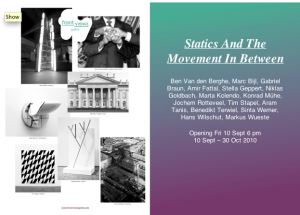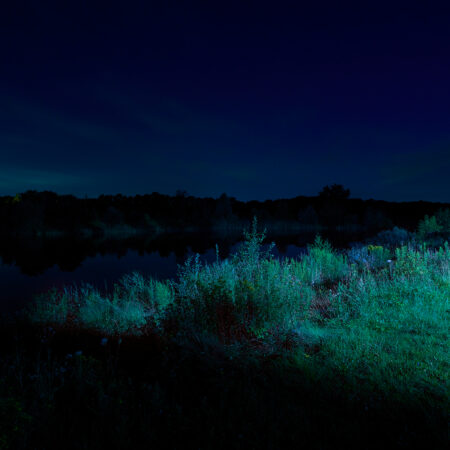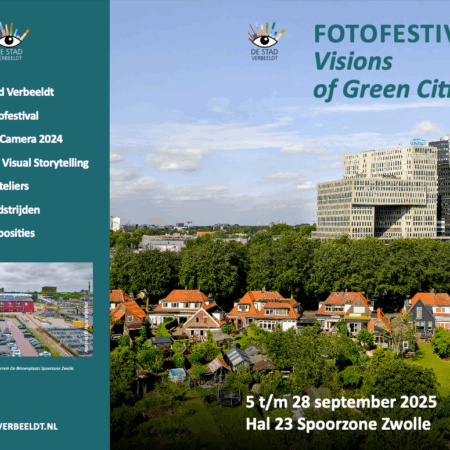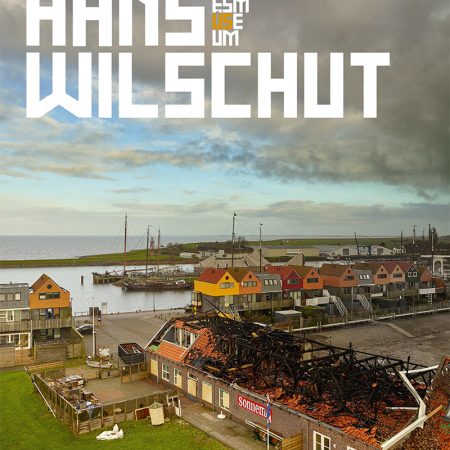Statics and the movement in between
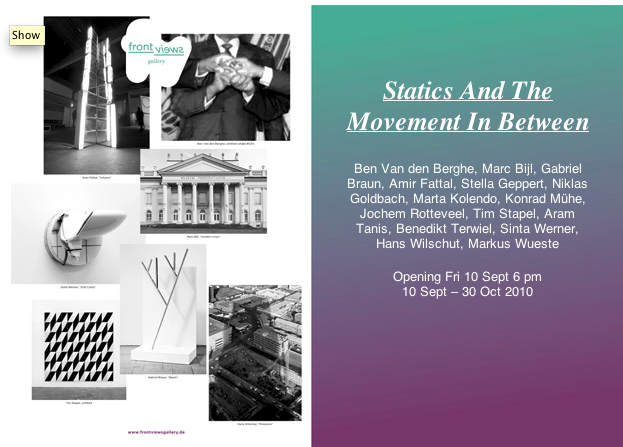
The Grand Opening of Frontviews gallery
Opening 10 09.18.00 Uhr
Exhibition from 10 09 – 30 10 2010
Frontviews gallery
Rudi-Dutschke-Strasse 26
D-10969 Berlin
www.frontviewsgallery.de
“Statics and the movement in between” could be a classical characterisation of the “city” condition. However when describing the classical ideas of a gallery one would have to say:
Version 1: “statics and the statics in between”
Version 1.1: “concrete statics and various statics in between”
This is because nothing moves in a traditional gallery any more, neither the architecture nor the artworks: at best, it is the viewer and gallerist that display evidence of movement. Which leads to the next conclusion:
Version 1.2. “Concrete statics and various statics in between, disturbed for seven hours each day by the diverse movements of external subjects.”
This is an appropriate description of the situation this exhibition addresses. It takes us through aspects of the “gallery space” to aspects of the “city space.” At the same time, it is clear that the gallery is part of the city. It is the tracing of connections between both spheres, which make the title and approach of this exhibition ingenious.
The gallery space during an exhibition is a space with different rules; it is “special space,””another room,” a small version of the big “heterotopia”* of the museum. This is characterized by an absence of, or processes in “time.” Not only is the shell built and defined as concrete architecture, the works presented inside are also completed, and in their final state they become end results placed on the ground or on the wall. Even the projected, moving pictures of a film are based on a closed row of single stills, all mounted and left in specific order by the artist. In fact, except for a few special cases, there will be no process or activity generated by the artworks themselves. When gallery space and exhibition are put together, they are like two shapes mutually languishing in a temporal state of inactivity. But this “temporary finalisation” exists only in relation to the meaning of material and conceptual matters from the artist’s and gallerist’s standpoints, which could be said for many exhibitions.The more important “movement“ takes place in the engagement of the works, the way they are combined and what they are representing. One can call it a physical and reflective investigation of a specific setting.
What is key to this exhibition is the understanding of works and their presentation as a reflection of a “meta-layer†to that system called “cityâ€. In this sense all works are readable in the thematic opponents of built structures and the interaction of the inhabitants. Continuing this dualism, some artistic positionsrepresent the static localisation: like the structured, analytic and large scale photographs of Hans Wischut or the formal associative sculptures of Gabriel Braun. Others participants, like Konrad Mühe or Niklas Goldbach, are dealing more with the action by showing rhythmic or oppressed movements in the conserving media of video. In other cases the actual conditon of the object makes evident the action occured in the past, as in Stella Geppert’s “crash- sculpturesâ€
In conclusion the art works are combined as a fixed group of objects, defining their proper statics. They are awaiting reference, untill the door is opened and the visitors deliver the movement; not only with their bodies, but also with the thoughts in their head.
Stephan Köhler
*Michel Foucault; “Other Rooms“
